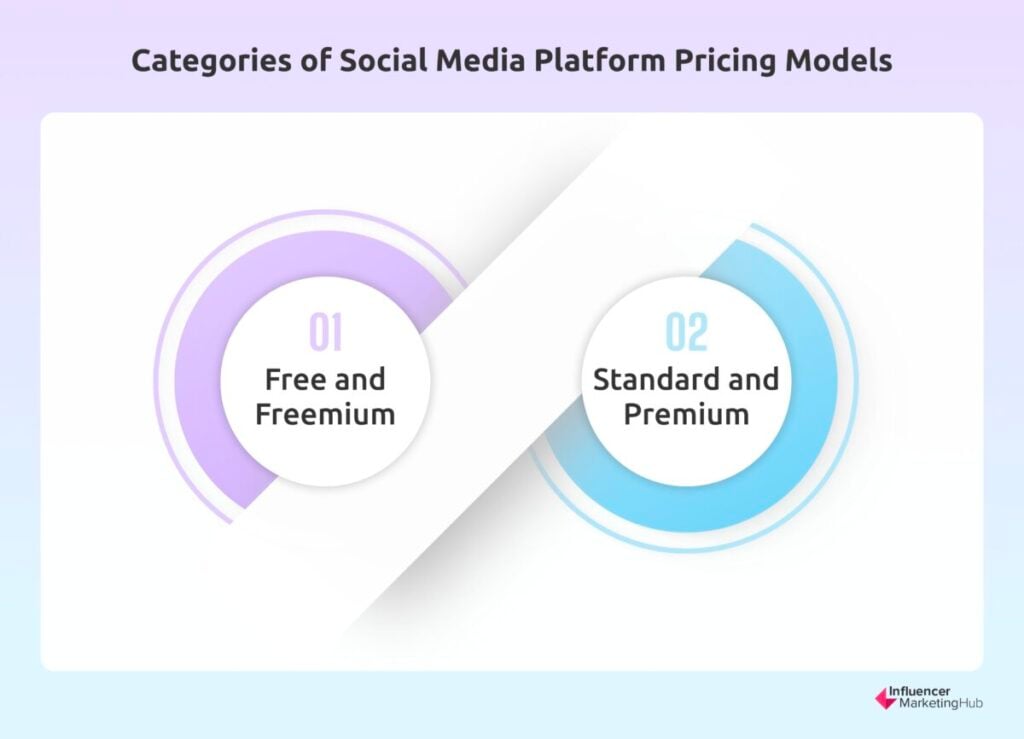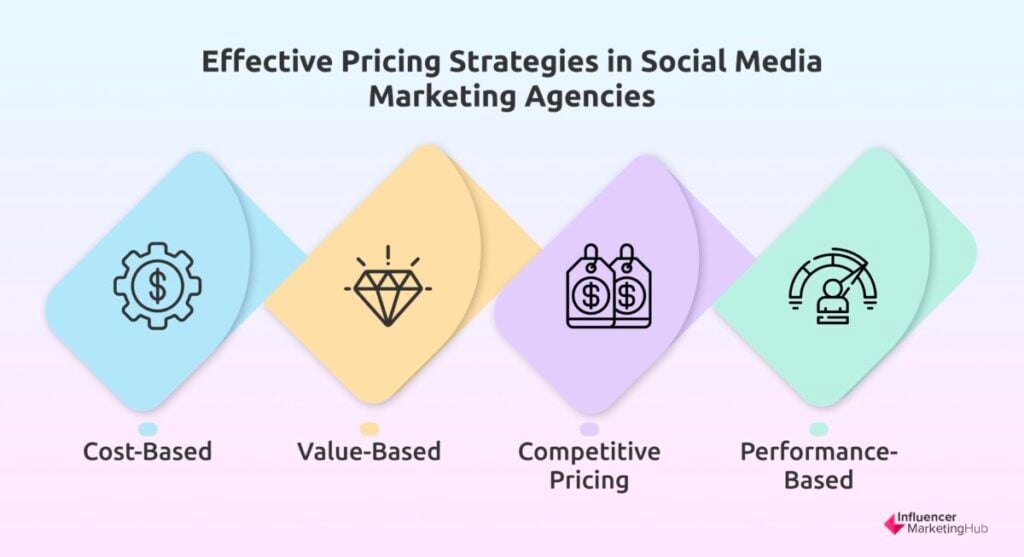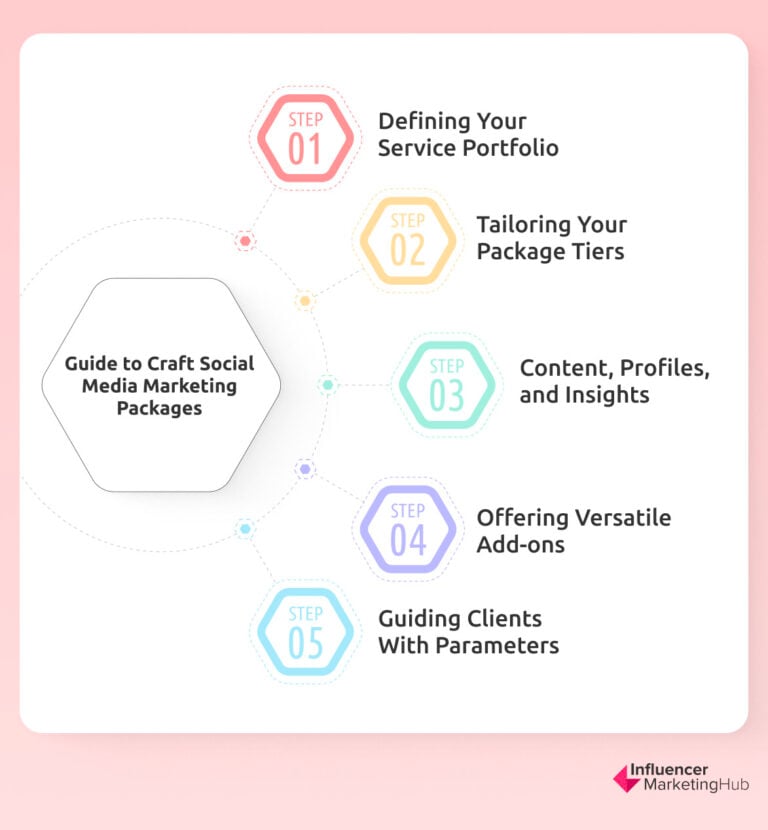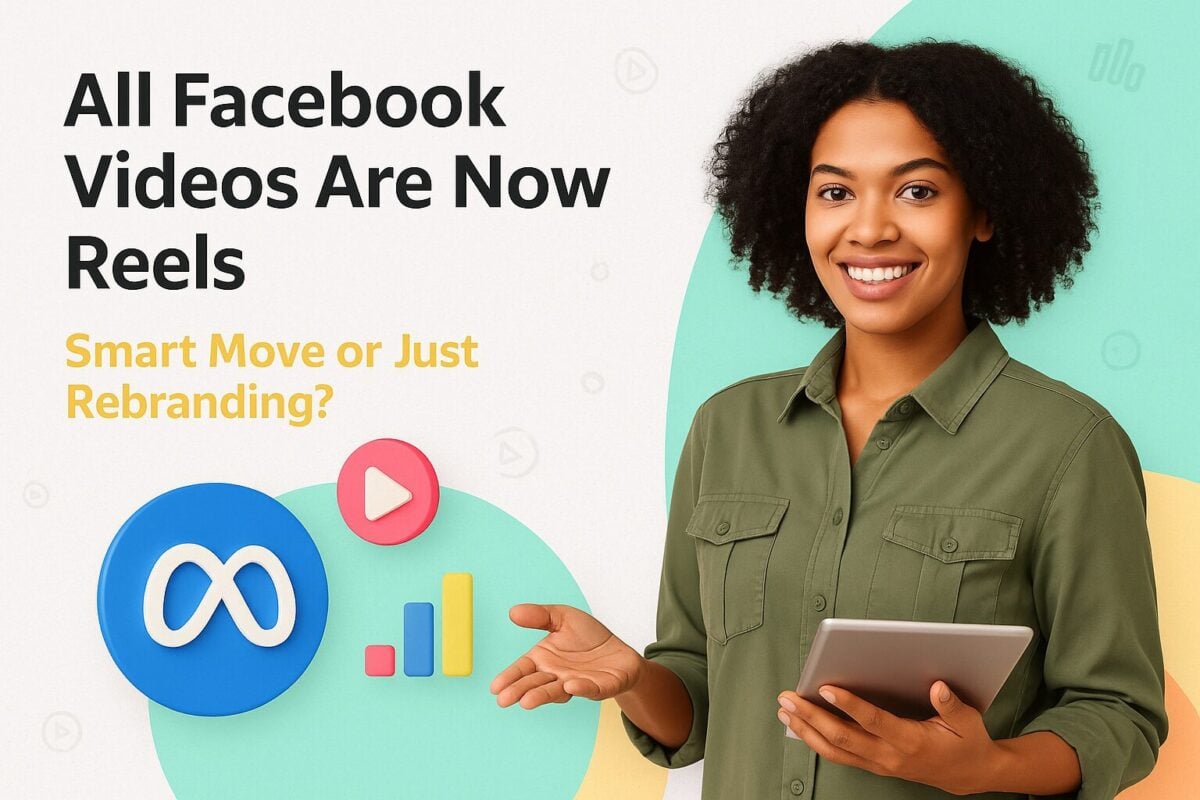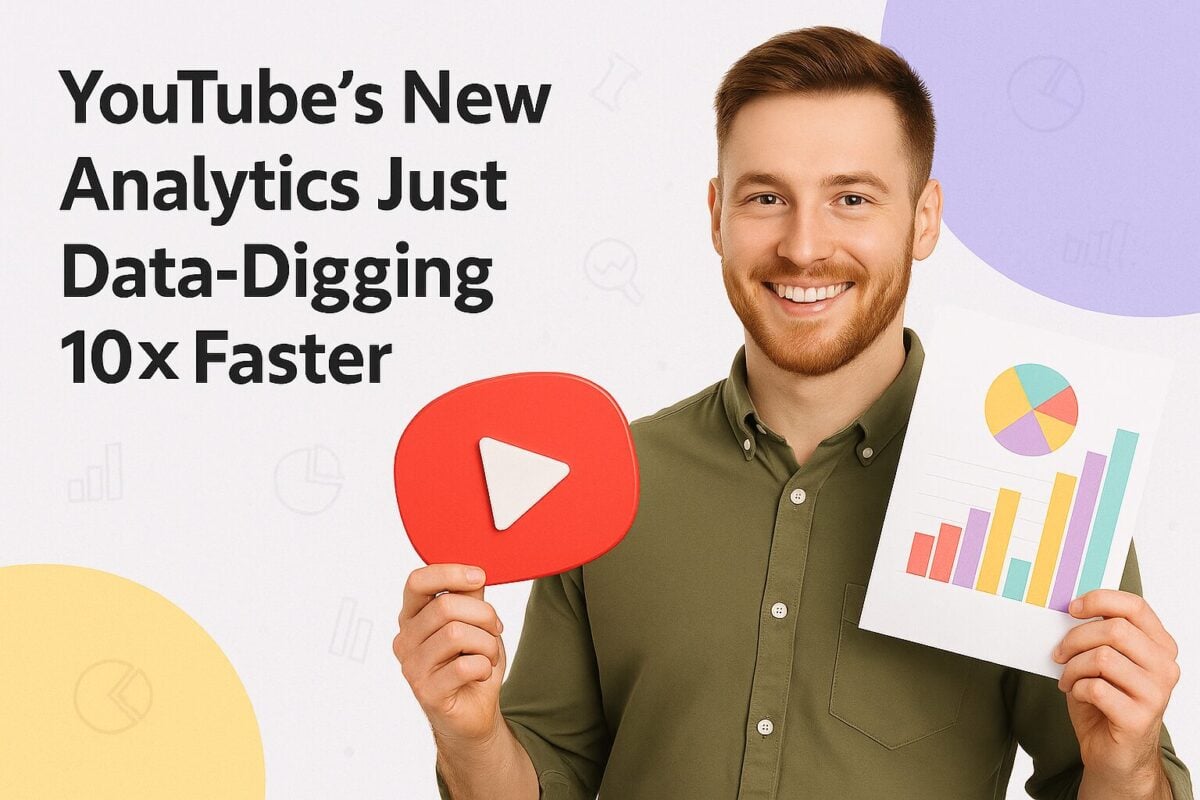For many businesses, social media management and marketing is a time-consuming, resource-intensive endeavor. This is especially true if they’re planning to utilize and be active on multiple social media platforms. Without the help of a reliable social media marketing agency, businesses often find themselves doing several tasks, such as creating and posting engaging content, tracking their performance through KPIs, and developing and managing effective social media strategies.
Breaking Down Social Media Platform Pricing Model Types and Pricing Your Social Media Marketing Services:
The Importance of Social Media Marketing Today
In 2023, it was estimated that 60% of the world’s population, around 4.8 billion people, used social media. The most used platforms were Facebook, YouTube, WhatsApp, WeChat, Instagram, and TikTok.

Source: aljazeera.com
A typical user spends approximately 2.5 hours daily on social media. That’s equivalent to 864 hours per year, or 36 days. In years, the average person spends 5.5 years of their life on social media.
Users are also more likely to use between five and seven platforms, depending on their age bracket. For instance, older users (55 to 64 years old) tend to use more than five social media platforms per month, while younger users use an average of 7.7 (16-26 years old) and 7.9 platforms per month (25 to 34 years old).

Source: datareportal.com
Based on these figures, social media marketing is now considered essential for businesses to remain competitive. They need to quickly adapt to the changing social media landscape and audience behavior, and unlock growth by driving traffic, leads, conversions, and sales. In 2023, marketers allotted 17% of their marketing budget to social media marketing. In 2024, this number is expected to rise to 20.3%.

Source: statista.com
Brands planning to work with a social media marketing agency already have some idea of their needs. This can include scaling their current social media strategy or expanding their partnership and reach. Maybe they’re struggling to manage multiple accounts, tap into a certain platform’s audience, or achieve the results they want. While brands scramble to find the best social media marketing agency, one key question remains: Is a social media management agency worth the investment?
If you’re in the social media management industry, setting a price that justifies the value of your services for businesses while giving your business room for growth can seem overwhelming. However, implementing the right social media platform pricing models allows you to provide value to your clients and keep your business afloat without losing your customers to competitors. This article will help you by providing a social media platform pricing guide.
Overview of Common Pricing Structures
Social media platforms typically implement the following models: free, standard, and premium. Choosing the right platform, such as for video content, is crucial to expanding your reach, gaining access to a targeted audience, and leveraging various marketing and ad formats.
Typical Social Media Platform Pricing Models
Typical social media platform pricing models can be divided into two categories. Here’s a quick rundown of each type.
Free and Freemium
Free plans are sometimes free for a limited time and have several limitations, such as only accommodating a certain number of users, seats, or social media channels. Some social media marketing services may offer a free trial or use a freemium model.
The latter is an acquisition model that lets free users utilize a product or service up to a certain limit, such as in terms of usage or features. Because users get an idea of how a product or service works, they’re more likely to invest in a premium account to access more advanced features. It’s a popular model commonly used by SaaS businesses like Spotify, Dropbox, Zapier, and HubSpot.
Standard and Premium
Standard pricing is a step up and provides users with access to more features, particularly those included in the free plan, with some features being reserved for higher-tier plans. Meanwhile, premium gives users extensive access to all features, including basic and advanced ones. In some cases, premium plans offer a customized user experience.
Factors that Affect Pricing
It’s important to understand that the cost of social media management can greatly vary from one company to another. Costs will also depend on the type of services clients choose. For example, if users only want you to help them with content creation or social platform management, then costs will likely be more affordable compared to when they sign up for all of your social media management services.
1. Platform-Specific Pricing Structures
Social media platforms greatly differ in their pricing models for advertising and other services. For example, Facebook and Instagram have different average costs when it comes to cost per click (CPC) and cost per 1,000 impressions (CPM). The average cost per lead and CPC for Facebook can also vary depending on the business category targeted. For instance, the average CPC for the animals and pets category is $0.76, while the average CPC for the apparel or fashion and jewelry category is $1.11.
Meanwhile, Instagram ads vary in terms of their costs based on factors like the average CPC, cost per engagement, and cost per 1,000 impressions. For instance, on average, Instagram CPC runs anywhere between $0.40 and $0.70, while CPE ranges from $0.01 to $0.05. CPM tends to be more costly, ranging from $2.50-$3.50.

Source: wordstream.com
2. Business Size and Target Audience
If you’re working with a small business, they may prioritize more cost-effective pricing models like fixed pricing or hourly pricing. Larger enterprises, which tend to have more complex or advanced marketing goals, may choose subscription-based or performance-based pricing models. Another key component that influences your pricing is your client’s target audience. Different industries will have differing target audiences.
3. Marketing Goals and Objectives
Your pricing models should be aligned with your client’s specific marketing goals. For example, if you’re working with a client that’s after lead generation, then you may consider offering performance-based models. Meanwhile, fixed pricing models may be more applicable to clients looking to build or boost brand awareness.
4. Competitive Landscape and Pricing Trends
Looking at the competition and how they price their services can help you develop your own pricing strategy. This is because you need to consider their pricing and adjust yours accordingly to maintain competitiveness while also maintaining profitability. If you price your services too high, your clients will likely shift to competitors who offer more affordable rates for the same services. If you price your services too low, you may end up operating at a loss.
Detailed Comparison of Popular Platforms
When determining the pricing for your social media services, account for the following factors:
- Your skill and experience
- Task complexity
- The social media marketing services you offer
- Industry- or niche-specific requirements
- Customer acquisition costs
- Operational expenses, such as software costs and employee wages
- Client-specific factors, which can include assigned workload volume, marketing budget, and the length of the partnership (short- or long-term)
- Fair pricing that still provides value to clients while not undercutting revenue
- “Hidden” costs, such as licensing fees, corporate taxes, and advisory service fees
A pricing model for your social media services is one of the key things that defines how your business generates revenue from your strategies and services. If you’ve been working with several clients for some time, then you may want to get their feedback on your pricing plan. You can ask them for their opinion outright or send a feedback questionnaire.
Keep in mind that your approach will depend on the type of relationship you have with your clients. If you’re aiming to raise prices, then make sure that you’re able to prove the value of your expertise through things like awards, testimonials, positive reviews, and case studies.
Alternatively, you can test your pricing on new clients but ensure that they fully understand what your pricing plan offers. If they’re receptive, then you can introduce your new pricing plan to existing clients and collect their feedback. If it’s not working for them, be willing to make the necessary changes.
Drawbacks of Not Having the Right Pricing Model
Not using the right pricing model for your business can come with potential risks. For example, if the price of your services is too high, then you may end up losing potential customers to the competition. If your prices are too low, then you may have a hard time generating revenue to cover overhead costs, which, in turn, may lead to financial difficulties.
Common Pricing Strategies
Below are some of the most common pricing strategies implemented by social media marketing agencies:
Cost-Based
Cost-based pricing is a popular and relatively straightforward way to price your social media services. This model calculates the costs of your services and factors in your profit, with markups ranging from 20% to 50% of the total cost.
Value-Based
Pricing is calculated based on the perceived value of your services. For example, if a client wants to improve their lead generation and they’re asking you to get more high-quality leads, then you can charge a higher price for your services. If you have a proven track record of delivering exceptional and consistent results, then this model may be worth considering.
Competitive Pricing
Competition-based or competitive pricing focuses on existing market rates for social media services. This doesn’t cover product or consumer demand. Instead, you use your competitor’s pricing models as a benchmark and price your services in several ways. This includes pricing the same as your competitor’s or slightly above or below theirs. This is a great route if you want more dynamic pricing. However, note that this model only works if the competition is using the same pricing model as you. For you to successfully implement this model, it’s best to perform a pricing analysis first and study the pricing model of your closest competitors.
Performance-Based
This model is outcome-based, and you’re paid based on the tangible value of the service you’ve delivered. Your performance can be measured using metrics like CPC, cost per lead, or cost per view. This model makes sense if you’ve already identified what you and your client’s business goals are.
Other Pricing Models
In some cases, some SMM agencies may implement hourly or rate-based pricing, which is ideal if you’re working on high-volume projects. This model calculates rates based on the number of hours spent working on a client’s account or project. Some clients may prefer this pricing model since they won’t need to shell out as much money upfront for a handful of projects. However, the major downside to hourly pricing is its tendency to focus on labor instead of efficient processes.
Another social media platform pricing model worth looking into is bundle pricing, where an agency offers two or more services together for the price of one. If you want to provide more value for your clients by providing them with a cost-effective means to access complementary SMM services, then this is a good option. This is also a great way to cross-sell your services while benefiting both your customers and your business.
Project-based pricing is another common pricing model. This is where SMM agencies usually charge a flat fee for each project. The fees are estimated based on the value of the deliverables or the estimated time and effort it takes to complete a project. While this pricing model tends to have a higher upfront cost, some clients may deem this as a worthy investment, given that agencies will often lead with the benefits that their clients can potentially get.
Subscription pricing is commonly implemented by SaaS companies. This is a great option for agencies that want recurring revenue and an easier way to calculate their profits. One downside is that subscription models are prone to customer churn, which is why it’s important to have a customer retention strategy in place before implementing this pricing model.
Table 1. A comparison of popular pricing models, their unique features, and limitations
Pricing Model | Unique Features | Limitations |
Hourly or Rate-Based |
|
|
Bundle/Package |
|
|
Project-Based |
|
|
Subscription |
|
|
Cost-Based |
|
|
Value-Based |
|
|
Competitive |
|
|
Performance-Based |
|
|
Evaluating Cost vs. Value
When evaluating the cost of social media services in the context of the value they bring, keep these in mind to help you make more informed decisions:
- If you’re after something predictable and structured, then you may want to choose flat fee pricing. This allows you to charge a fixed fee for services with a specific scope. However, this model isn’t as flexible compared to other pricing models, which can become problematic if you need to scale or adjust spending based on factors like a client’s changing needs or campaign requirements.
- If you’re looking for greater customization and flexibility, consider implementing hourly rate pricing. This is especially useful if you’re working on a project that has variable scope and complexity. This model also gives you greater control over certain aspects of a project, such as tasks and deliverables, which helps ensure that your services align with your client’s objectives. However, its flexibility can also be a drawback since the actual costs of platform services can vary. Furthermore, if you don’t have solid project management measures in place, you may be at risk of overspending on a project.
- If a client is looking to achieve specific objectives and measurable outcomes, such as conversions and leads, then this model may be ideal. You charge clients based on the value your services generate, allowing you to focus on achieving clear outcomes and measurable results. However, if you’re unable to deliver results, then your client is at risk of not being able to meet their business objectives.
- Subscription-based pricing is ideal for predictability while still giving clients access to an extensive range of services. However, this model leaves little room for flexibility since you’re implementing fixed monthly or annual costs.
Tips for Selecting the Right Platform
Choosing the right platform ensures that its capabilities and social media platform pricing match your specific marketing goals and budgets. Choosing the platforms you’ll be managing plays a key role in determining your social media services since each platform has a unique set of requirements, features, required support levels, and target audiences. Before selecting a platform, carefully evaluate your client’s business requirements and goals.
If they wish to manage several platforms, they’ll likely pay more for social media services. If they’re thinking of integrating these platforms into their website, then this raises costs as integration requires technical expertise and plenty of time. Integration also entails other processes, such as implementing automation software, optimizing each platform’s account, and setting up analytics tools.
For example, the cost of Facebook advertising services is calculated based on how much your client is willing to spend to achieve a certain result, while the cost of Instagram advertising services depends on the selected bidding option. Choosing manual bidding likely means higher prices, while choosing automatic bidding enables the platform to select the best match among all other bids.
The average hourly cost for Facebook and Instagram advertising services is between $25 and $49. However, final figures can still vary based on CPMs or CPCs.
Future Trends in Pricing Models
Social media platform pricing is prone to changes. With that in mind, consider these emerging trends in social media marketing and pricing models to understand how these could potentially affect users and social media marketing managers.
Implementing Subscriptions
X (formerly Twitter) offers Premium and Premium+ subscription plans, which grant subscribers access to all Basic (for the Premium plan) and Premium (for the Premium+ plan) features, reduced to no ads, and apply for ads revenue sharing. Both these plans also let subscribers edit their posts, create longer posts (up to 25,000 characters), and upload longer videos.
How will these changes impact users and social media managers? For one, it can affect your visibility on the platform. If you’re a Basic or Premium subscriber, you get anywhere between a small and larger boost to your replies. Meanwhile, being a Premium+ subscriber gets your replies the largest boost.
According to Musk, only verified accounts will be eligible when it comes to the For You recommendations. Premium subscribers will also get prioritized ranking in their replies, monetization opportunities, and a potentially bigger boost for posts that contain links. If you also want to improve audience engagement, X now gives you the option to use a subscriber-only direct messaging feature.

Source: socialmediatoday.com
For SMM managers, these changes mean that you need to reevaluate your social media marketing strategy to better align with X’s new policies. This also means that you may need to sign up for a Premium or Premium+ membership to perform better on the platform.
Increased Focus on Value-Based Pricing and Subscription-Based Pricing Models
Value-based pricing’s emphasis on the customer’s perceived value of a product or service makes it a potentially attractive model. By implementing a value-based structure, you’re better able to optimize your services for increased customer satisfaction and profitability. If you want to stand out, consider this pricing model, as it focuses on crafting a compelling brand story and providing exceptional value for customers, which helps justify your pricing.
Meanwhile, subscription-based pricing helps convey a sense of consistency to customers in today’s ever-changing digital landscape. They’re also a great way to drive customer retention (because they know what to expect), and it’s ideal for agencies that want predictable revenue.
The Growth of AI-Driven Pricing
AI is slowly becoming an integral part of many operations and processes, including how agencies approach their pricing structures. With AI-driven pricing, your business is better able to pivot according to the changing market conditions, helping you become more agile and flexible. Big names like Amazon are already experimenting with or adopting AI-driven pricing. Amazon, for instance, leverages technology to power its pricing algorithms, allowing the retail giant to automatically adjust their product prices based on factors like demand levels and competitor prices.
Final Thoughts
When done well, social media marketing can help brands perform competitive analysis and use the insights they’ve collected to enhance their own SMM strategies. However, navigating the complex and ever-changing world of social media can be a challenging endeavor for many businesses. For businesses to be able to effectively harness the potential of social media marketing for brand growth, they’ll need to work with professional social media management agencies.
Getting the right social media platform pricing for social media marketing can be tricky, whether you’re just starting out or are already a seasoned marketer. This guide will hopefully paint a clearer picture of social media platform pricing models and how you can price your services accordingly.
Frequently Asked Questions
How much should I charge if I’m a freelancer or just starting out as a social media manager?
If you’re just starting out, then you may need to start at the lower end of the pricing spectrum. Typically, freelancer rates range from $15 to upwards of $50 per hour, depending on your experience.
However, you can charge clients a little more if you already have social media marketing experience. Note that some clients may be wary of your pricing models, which is why you should be ready to justify your pricing. Prepare a laundry list of things such as:
- An estimated breakdown of the time it’ll take for you to complete a project, as well as a rundown of the activities you need to finish the work
- Your track record and supporting documents, such as a portfolio of successful works and reviews or testimonials from previous clients
What factors influence social media platform pricing?
Several factors can play a role in social media platform pricing. These include:
- The platform’s popularity – More popular platforms may charge higher rates because of their large reach.
- Campaign duration – If your client is planning to implement longer campaigns, then these may entail higher overall costs.
- Ad formats you’re using – Different platforms have varying fees depending on the ad formats you choose, like images, videos, and carousels.
- Campaign goals – If your client wants to achieve a more specific outcome, such as increased conversions, then they may end up paying higher rates.
How can businesses choose the right social media platform pricing model?
Your prospective clients should carefully consider their needs and business goals when choosing a social media platform pricing model. They should account for the following:
- Their marketing budget – If they’re working with a limited budget, then they may want to go with more economical pricing models, such as subscription-based or performance-based models.
- Their marketing goals – If a client wants to achieve specific goals, such as driving leads or conversions, then they may opt for performance-based models.
- Campaign complexity – More complex campaigns, such as those with more ad placements and targeting options, will tend to rack up SMM costs.
